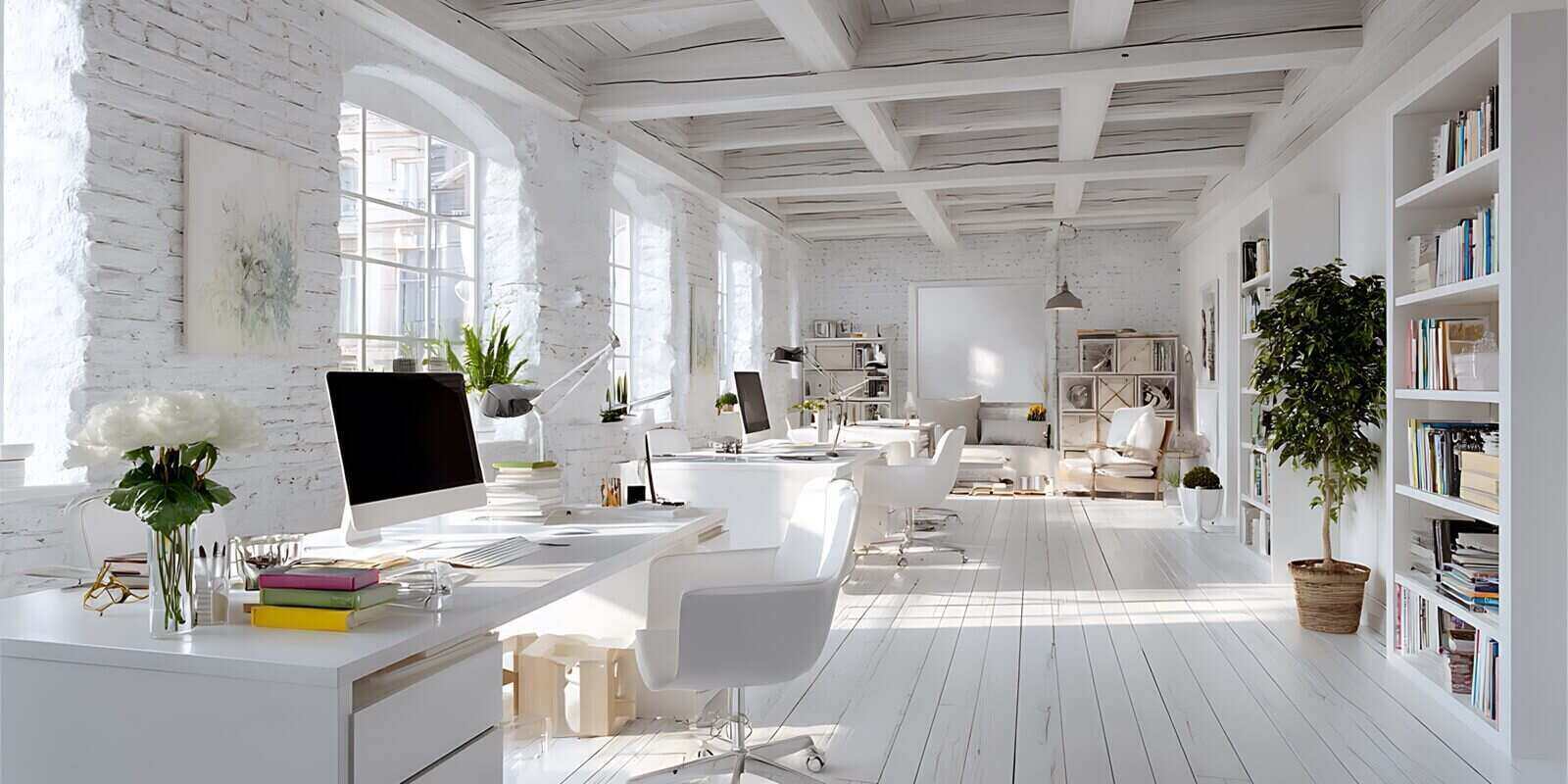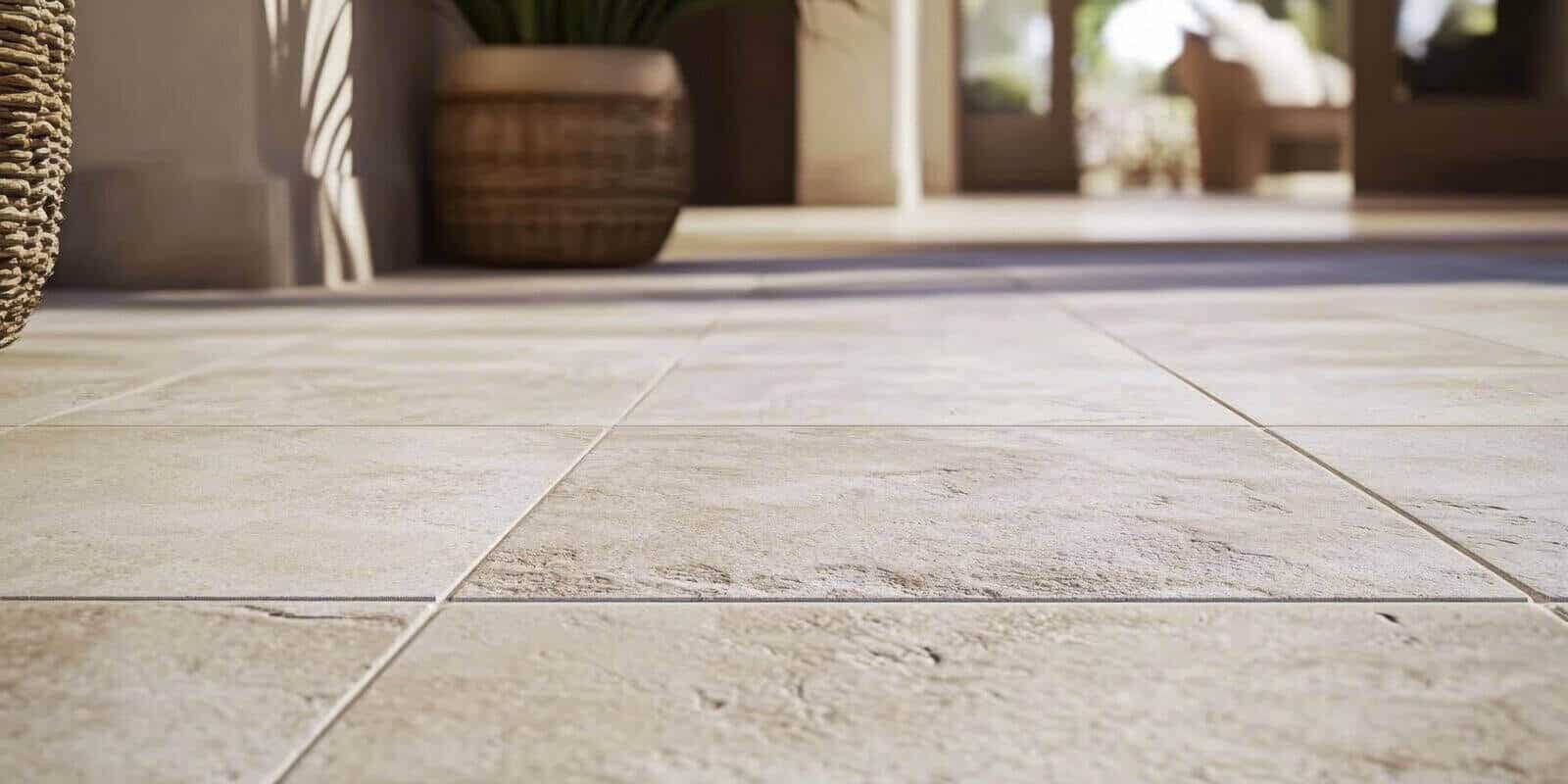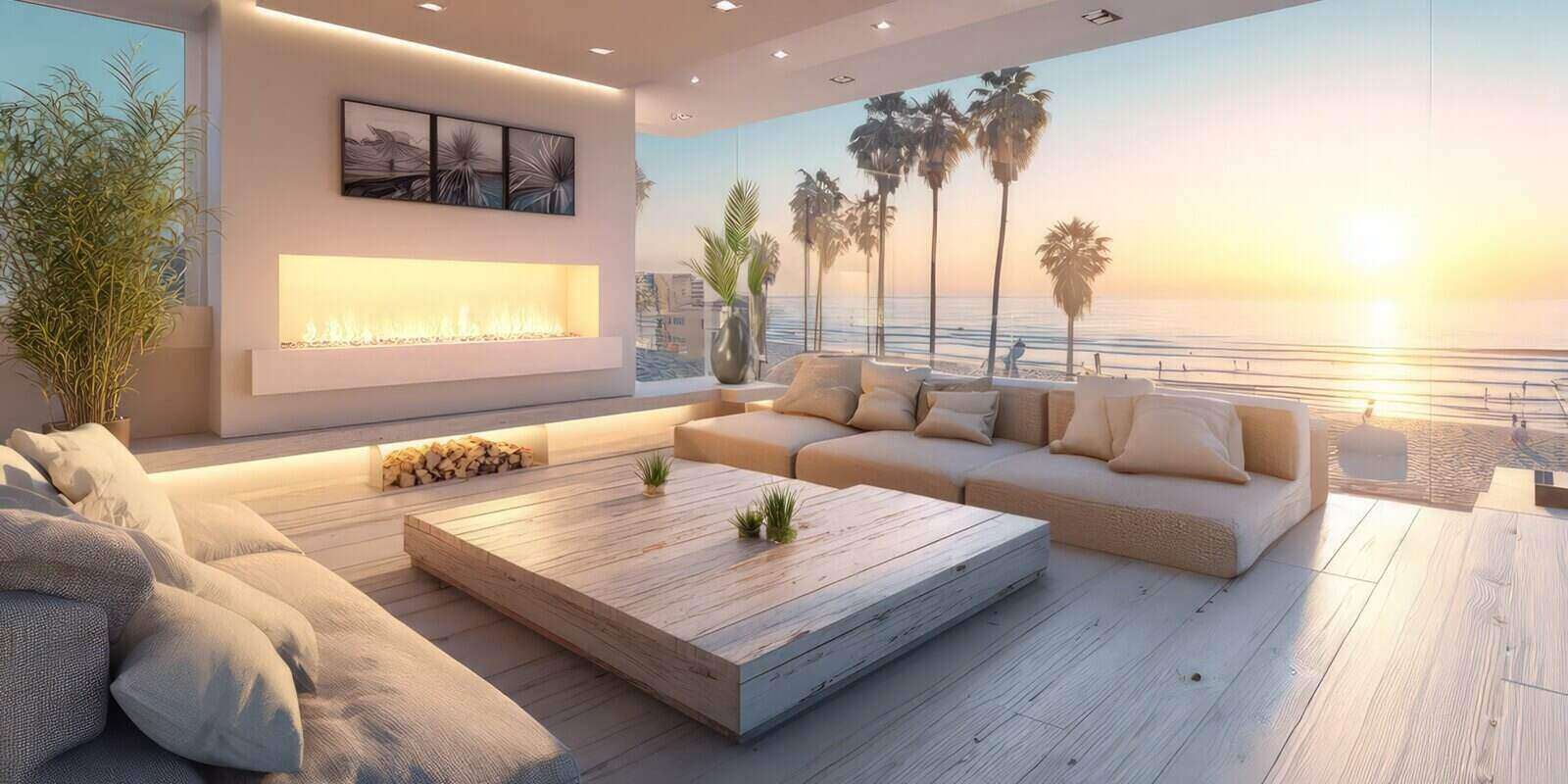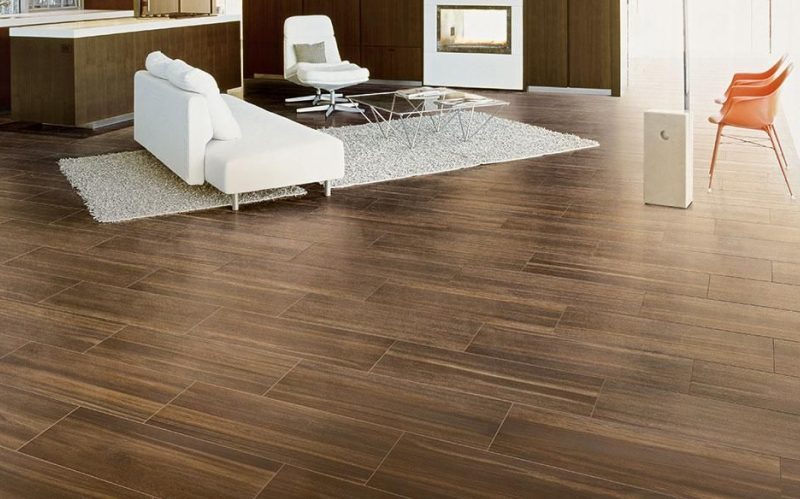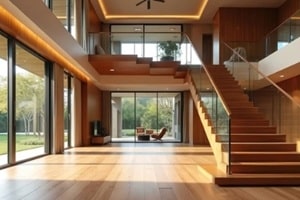 An open-concept floor plan is a desirable upgrade, but it also comes with design challenges. With so much open space, the choice of flooring becomes a more significant stylistic decision that will define the look and feel of the entire room. While flooring is already one of the most expensive home upgrades, in an open-concept scenario, it’s also the most visible.
An open-concept floor plan is a desirable upgrade, but it also comes with design challenges. With so much open space, the choice of flooring becomes a more significant stylistic decision that will define the look and feel of the entire room. While flooring is already one of the most expensive home upgrades, in an open-concept scenario, it’s also the most visible.
This article reviews flooring options for open-concept living to help homeowners make the right choice for their renovation, remodel, or new construction. Open-concept floor plans can add comfort and functionality, provided the designers and owners are in sync with how their flooring choices will impact the rest of the space, bringing it to life or immediately dating it with awkward designs.
Option #1: Wood Flooring Never Goes Out of Style
Wood flooring retains its value and appeal throughout the decades for a few simple reasons. Its natural warmth brings a tactile beauty to open-concept spaces. If it gets worn, wood can be refinished or stained to bring in different palettes and styles. By emphasizing the natural grain of long hardwood planks, open-concept designs gain timeless luxury without sacrificing function.
Option #2: Continuity Delivers a Seamless Experience
The same material should be used throughout the open-concept space wherever possible to create a sense of spacious relaxation. Combining materials, such as creating a hardwood or tile path around a central carpeted area, can shrink an open-concept space and make a less inviting impression.
Option #3: LVP Can Deliver Wood Floors Without the Downsides
Hardwood is not always the best option since it can be scratched more easily than other flooring types and is more susceptible to moisture. For coastal properties, this can pose challenges as people track sand into the area and the local humidity warps and wears the flooring over time. It’s certainly not impossible to have wood floors in these conditions, but extra maintenance may be needed.
Luxury vinyl plank (LVP) offers an alternative that convincingly mimics the look of wooden flooring while providing greater resistance to humidity and moisture, as well as greater durability under heavy use. For busy families with open-concept floor plans that include high-traffic areas such as the kitchen, LVP may be a more durable alternative to natural wood.
Option #4: Polished Stone Brings an Air of Luxury
Though stone floors such as polished concrete, slate, or marble are expensive, they can create a luxurious impression, making open-concept areas feel even more spacious. They also offer greater durability and lower maintenance than hardwood and vinyl options. Stone can be cold, but heated flooring options can add an extra level of luxury for those who can appreciate it.
Option #5: Engineered Materials Can Provide Distinct Benefits
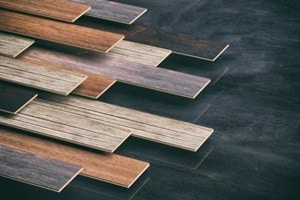 Engineered wood can add the visual benefits of solid hardwood without the durability issues, especially in response to kitchen moisture and ambient humidity. With a matte finish, engineered wood can conceal scratches and scuffs, making it a great choice for busy families with high-traffic, open-concept homes.
Engineered wood can add the visual benefits of solid hardwood without the durability issues, especially in response to kitchen moisture and ambient humidity. With a matte finish, engineered wood can conceal scratches and scuffs, making it a great choice for busy families with high-traffic, open-concept homes.
Option #6: Embrace Sustainability for Modern Appeal
Sustainability adds value and comfort to the home by leaning into appealing design trends. Bamboo flooring can deliver a beautiful, clean grain that pairs perfectly with minimalistic modern decor. Bamboo can be even more durable than hardwood, but the quality and moisture resistance vary by source. If used in an open-concept room, homeowners should confirm the quality of their supplier’s materials.
Option #7: Consider Carpeting With Caution
Carpeted open-concept plans are becoming rarer for several reasons. In addition to looking dated in many styles and colors, carpeting often attracts dust and allergens and quickly shows signs of wear and tear in busy homes, especially those with pets or young children. However, carpeting can provide nostalgic comfort when executed well, if the owner is willing to put in extra work to maintain it.
The more common option in modern open concept spaces is to choose a durable flooring type and break up the space with area rugs. These can add flair to minimalistic and loft-style floor plans, achieving the intention of multi-material floors while remaining flexible.
Option #8: Tiling is a Consistently Appealing Option
Tiling can be ceramic (including glazed or textured), terra cotta, clay, or stone. They each have their own stylistic and functional benefits for different open floor plans. Many homeowners imagine tile being used only in kitchens and bathrooms, but when used well, it can be a beautiful centerpiece to the home.
Ceramic tiles come in different sizes, colors, and textures. Glazed tile is more resistant, though matte finishes can make the floor more slip-resistant, which may be safer for kitchens. Terra cotta and clay tiles add Mediterranean flair, giving the open concept design an earthy look that can accent other natural materials in the decor. However, clay tiles are relatively fragile and are more susceptible to moisture, requiring careful sealing and occasional maintenance.
Consult a Professional And Choose the Best Floor for Your Open-Concept Home
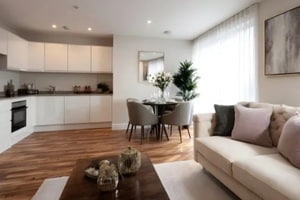 At Yates Flooring, our team offers modern flooring services to help homeowners match their open-concept ambitions to the perfect flooring type, texture, material, and finish for the space. Various factors, including the local environment, family size, and aesthetic goals, all impact the design. Our team helps homeowners learn more about their available options to choose the floor that makes the most sense and achieves their stylistic vision.
At Yates Flooring, our team offers modern flooring services to help homeowners match their open-concept ambitions to the perfect flooring type, texture, material, and finish for the space. Various factors, including the local environment, family size, and aesthetic goals, all impact the design. Our team helps homeowners learn more about their available options to choose the floor that makes the most sense and achieves their stylistic vision.
Contact our team today to make sure your open-concept home is matched with the best flooring option for your budget, stylistic vision, and practical needs.

